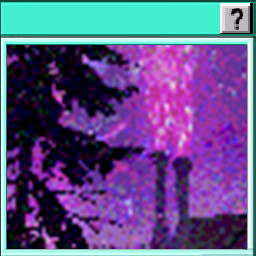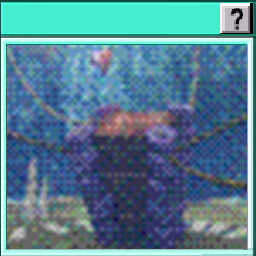Zainstaluj Steam
zaloguj siá | jázyk
ÓÛð§ð¡ÙÌ (chiéski uproszczony) Ó¿Õ¨ð¡ÙÌ (chiéski tradycyjny) ÌË̘҈ (japoéski) ÚõçÙšÇ (koreaéski) Á¿Á¡Á¡Â (tajski) ÅÝîţŰůî (buégarski) áeéÀtina (czeski) Dansk (duéski) Deutsch (niemiecki) English (angielski) EspaûÝol ã EspaûÝa (hiszpaéski) EspaûÝol ã Latinoamûˋrica (hiszpaéski latynoamerykaéski) öö£ö£öñö§ö¿ö¤ö˜ (grecki) FranûÏais (francuski) Italiano (wéoski) Bahasa Indonesia (indonezyjski) Magyar (wágierski) Nederlands (niderlandzki) Norsk (norweski) Portuguûˆs (portugalski ã Portugalia) Portuguûˆs ã Brasil (portugalski brazylijski) RomûÂná (rumuéski) Å îîſ (rosyjski) Suomi (fiéski) Svenska (szwedzki) Tû¥rkûÏe (turecki) Tiä¢ng Viãt (wietnamski) ÅÈŤîůîŧîîŤů (ukraiéski) Zgéoé problem z téumaczeniem


 California, United States
California, United States




























Inorganic chloramines
Inorganic chloramines comprise three compounds: monochloramine (NH2Cl), dichloramine (NHCl2), and nitrogen trichloride (NCl3). Monochloramine is of broad significance as a disinfectant for water.[3]
Organic chloramines
N-Chloropiperidine is a rare example of an organic chloramine.[4]
Chloramine-T is often referred to as a chloramine, but it is really a salt (CH3C6H4SO2NClNa) derived from a chloramine.[5]
Organic chloramines feature the NCl functional group attached to an organic substituent. Examples include N-chloromorpholine (ClN(CH2CH2)2O), N-chloropiperidine, and N-chloroquinuclidinium chloride.
Chloramines are commonly produced by the action of sodium hypochlorite on secondary amines: